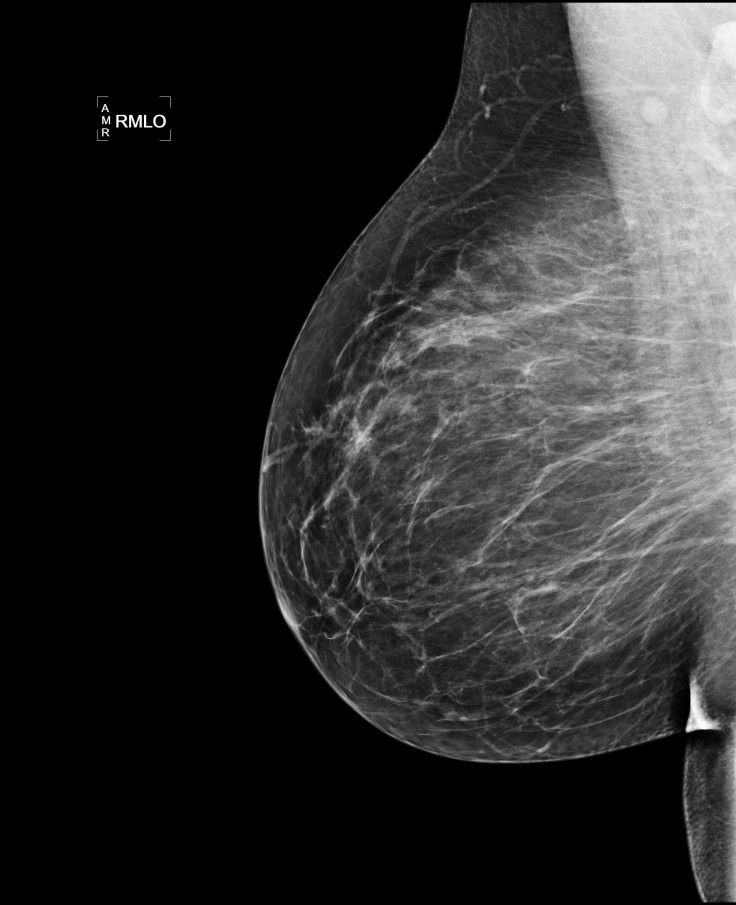British National Health Service Covering Prophylactic Breast Cancer Drugs

The British National Health Service (NHS), which provides government-funded health insurance to all citizens of the UK, has approved guidelines giving medications to women who are at high risk for developing breast cancer. The effort will allow close to half a million women who have a history of the disease in their family to receive tamoxifen and raloxifene. This comes after decades of research showing that usage of these drugs can reduce the development of cancer in high-risk groups.
The aim is to reduce the number of women who are diagnosed with the disease as well as to cut the cost of surgical procedures, such as lumpectomies or mastectomies, which require significant reconstructive surgery. According to clinical trials, the protection can last 20 years, and the medication only costs around £120 ($185) a year. Tamoxifen has been used for over 40 years as a cancer treatment, but has recently been shown to help those at high risk to reduce their chances of developing the cancer, according to studies by the National Institute for Health and Care Excellence in the UK.
"Today's new guidelines are a game changer in the way we prevent breast cancer," said Dr. Caitlin Palframan, assistant head of policy at Breakthrough Breast Cancer. "Our strongest tool in the fight against breast cancer is prevention, and these new guidelines are a fantastic leap forward in the way we prevent breast cancer developing in those at highest risk."
The clinical trials showed that there was a 35 to 45 percent reduction in the development of breast cancers in the high-risk group if they were on the medications. This is the first time that any health service has issued strong guidelines that would prevent a large swath of the population from developing any type of cancer. Women will be eligible for the drug regimen if their lifetime risk is over 30 percent, or exceeds the moderate risk category of 17 to 30 percent. The current treatment for women at high risk in the UK is mammographies, which are x-ray exams that can detect small tumors before they become large enough to pose harm.
In the United States, doctors can prescribe tamoxifen and raloxifene on a case-by-case basis. The National Cancer Institute provides sources of information and research papers that support such a course of action.
The U.S. government did initiate a study, called the "The Study of Tamoxifen and Raloxifene," on the drugs as a preventative treatment. Women who entered the study were evaluated for their risk for developing breast cancer; the National cancer Institute has a "calculator" that can help determine the risk a woman has of developing breast cancer here. The results of the study showed that raloxifene reduces risk of invasive breast cancer by about 38 percent, compared to tamoxifen, which reduced risk of breast cancer by about 50 percent over almost seven years.
The issue with using tamoxafin, however, is that it increases a woman's risk for developing uterine cancer. A small percentage of women, who otherwise would have developed breast cancer but didn't, could develop uterine cancer suddenly. But uterine cancer is completely treatable with surgery, such as a hysterectomy, and women on the medication are evaluated for the development of uterine cancer because the risk is known to be increased. Another side effect of the medication is an increased risk of blood clots, which hovers around three percent for all patients. Blood clots are not always fatal, but are a life-threatening condition that should be monitored by a physician.
With the new guidelines, tens of thousands of women in the UK will be saved from breast cancer, and many more will be saved from developing the disease.



























